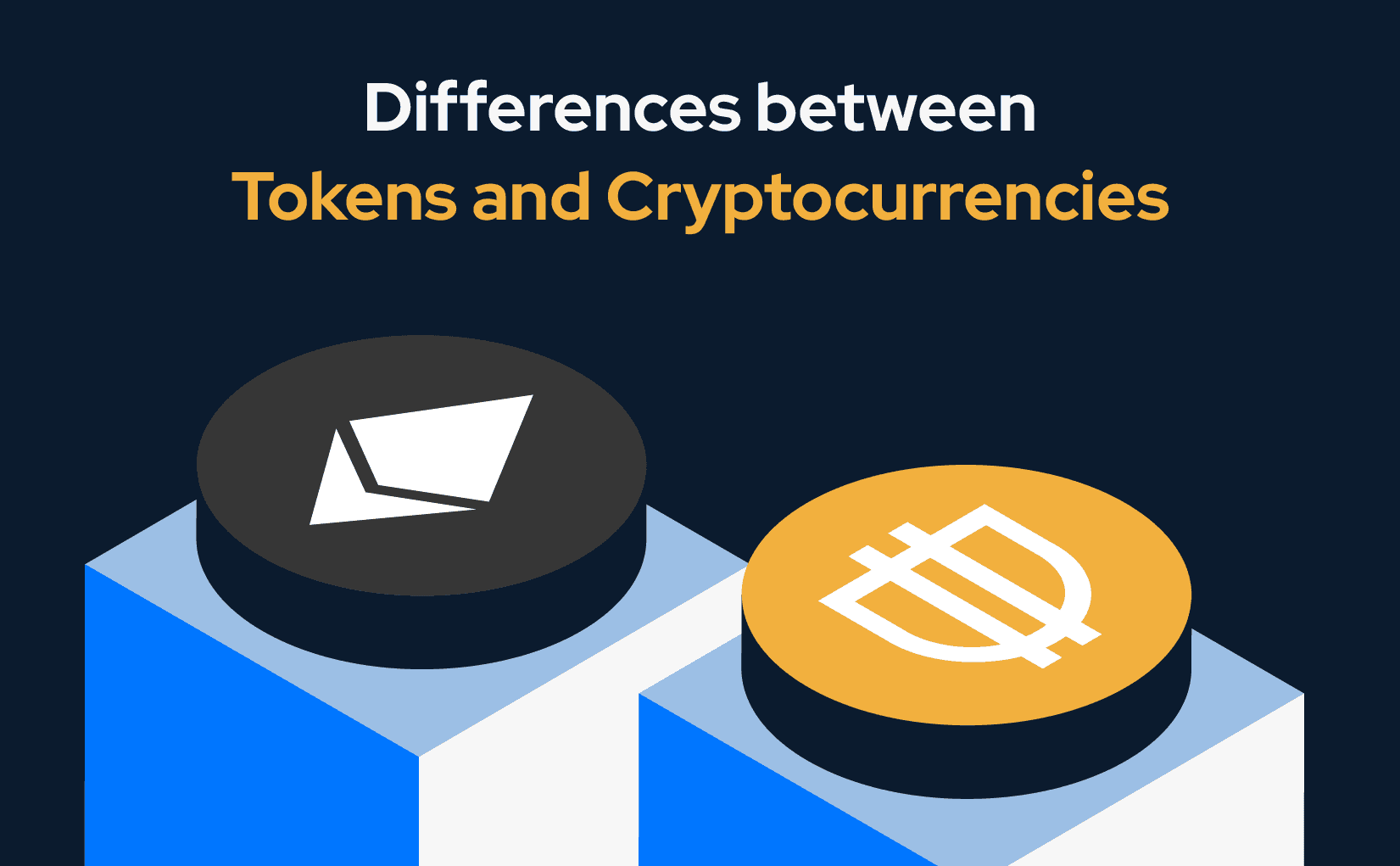cryptocurrencies all
Cryptocurrencies all
There are other platforms that do not place a limit on the total number of coins to be issued. Like governments minting fiat, these platforms have the ability to continue creating and distributing coins in perpetuity https://drying-machine.org/payment/deposit/. Some distribute their coins by selling them, while others give them away in exchange for actual work done in support of the project.
If you’re new to the world of cryptocurrencies, you might see a jumble of names like Bitcoin, Ethereum, Dogecoin, and wonder if they’re all variations of the same thing. The short answer is a resounding NO! Let’s dive into why the crypto landscape offers a vast and varied array of options.
Most digital currencies are created by issuing them on Ethereum or another blockchain capable of running smart contracts. The issuer must first decide how many tokens to issue, and any special rules that limit transactions or ownership. Once these choices are coded into the smart contract, the issuer pays a small amount of cryptocurrency to pay for the computational cost of issuing the tokens.
New cryptocurrencies are created by developers using open-source blockchain code. They often launch through token generation events or blockchain forks. Some are built for specific applications like gaming or governance, while others aim to improve existing systems. Innovation in the space leads to constant emergence of new crypto types.

Why do all cryptocurrencies rise and fall together
Find Lunar Block under “Products” and sign up. You’ll be asked to take a test about crypto first – among others things, it’s to see if you’re aware of the risks. You can learn more about the risks in the app before you take the test.
The cryptocurrency market operates 24/7, making it a breeding ground for FOMO (fear of missing out) and fear-driven sell-offs. FOMO occurs when investors rush to buy an asset, fearing they’ll miss out on potential gains. This behavior often drives prices higher in the short term. Conversely, fear-driven sell-offs happen when investors panic and sell their holdings, leading to sharp price declines.
In the U.S., discussions about reversing digital asset regulations have caused market volatility. The potential elimination of the IRS’s crypto broker rule has further fueled uncertainty. These examples demonstrate how regulatory decisions can create ripple effects across the cryptocurrency market.

Find Lunar Block under “Products” and sign up. You’ll be asked to take a test about crypto first – among others things, it’s to see if you’re aware of the risks. You can learn more about the risks in the app before you take the test.
The cryptocurrency market operates 24/7, making it a breeding ground for FOMO (fear of missing out) and fear-driven sell-offs. FOMO occurs when investors rush to buy an asset, fearing they’ll miss out on potential gains. This behavior often drives prices higher in the short term. Conversely, fear-driven sell-offs happen when investors panic and sell their holdings, leading to sharp price declines.
Market cap of all cryptocurrencies
You can find historical crypto market cap and crypto price data on CoinCodex, a comprehensive platform for crypto charts and prices. After you find the cryptocurrency you’re interested in on CoinCodex, such as Bitcoin, head over to the « Historical » tab and you will be able to access a full overview of the coin’s price history. For any given coin, you will be able to select a custom time period, data frequency, and currency. The feature is free to use and you can also export the data if you want to analyze it further.
Let’s quickly calculate the market cap of Bitcoin as an example. The Bitcoin price is currently $ 102,991 and there are 19.86 million BTC coins in circulation. If we use the formula from above, we multiply the two numbers and arrive at a market cap of 2,045.81 billion.
A stablecoin is a crypto asset that maintains a stable value regardless of market conditions. This is most commonly achieved by pegging the stablecoin to a specific fiat currency such as the US dollar. Stablecoins are useful because they can still be transacted on blockchain networks while avoiding the price volatility of « normal » cryptocurrencies such as Bitcoin and Ethereum. Outside of stablecoins, cryptocurrency prices can change rapidly, and it’s not uncommon to see the crypto market gain or lose more than 10% in a single day.
A distributed ledger is a database with no central administrator that is maintained by a network of nodes. In permissionless distributed ledgers, anyone is able to join the network and operate a node. In permissioned distributed ledgers, the ability to operate a node is reserved for a pre-approved group of entities.
Recommended Posts
Mostbet Brasil: É Confiável? Cadastro E Bônus De R$2000″
juillet 8, 2025
juillet 8, 2025
juillet 7, 2025

